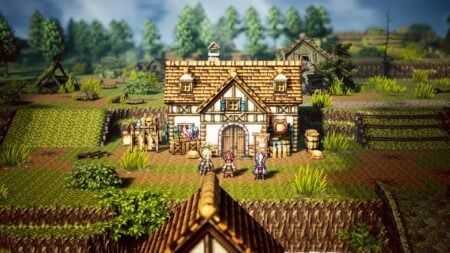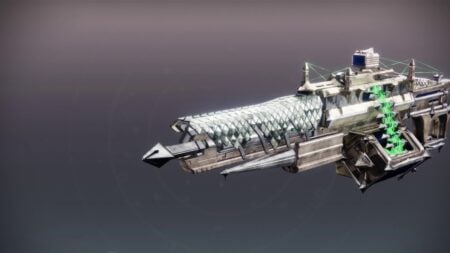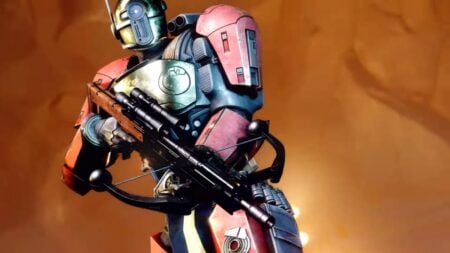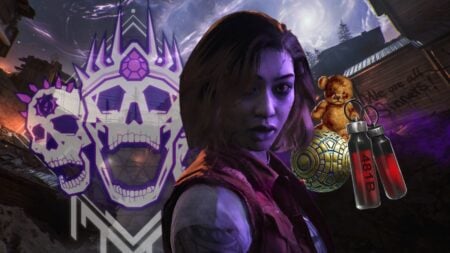Skip To...
While last year was one of the best for video games in decades, 2024 is off to a strong start with Prince of Persia: The Lost Crown. After over a decade, the Ubisoft team took their time and brought back one of the world’s most beloved franchises in the best way possible. It’s a package full of spectacular gameplay, fluid and flashy combat, and the most entertaining exploration in a Metroidvania I’ve seen in years. Of course, it is not without its faults. And yet, it’s a game made with the highest quality for fans of the franchise and any new player entering these danger-filled sands.
Prince of Persia: The Lost Crown – A Fantastic Return
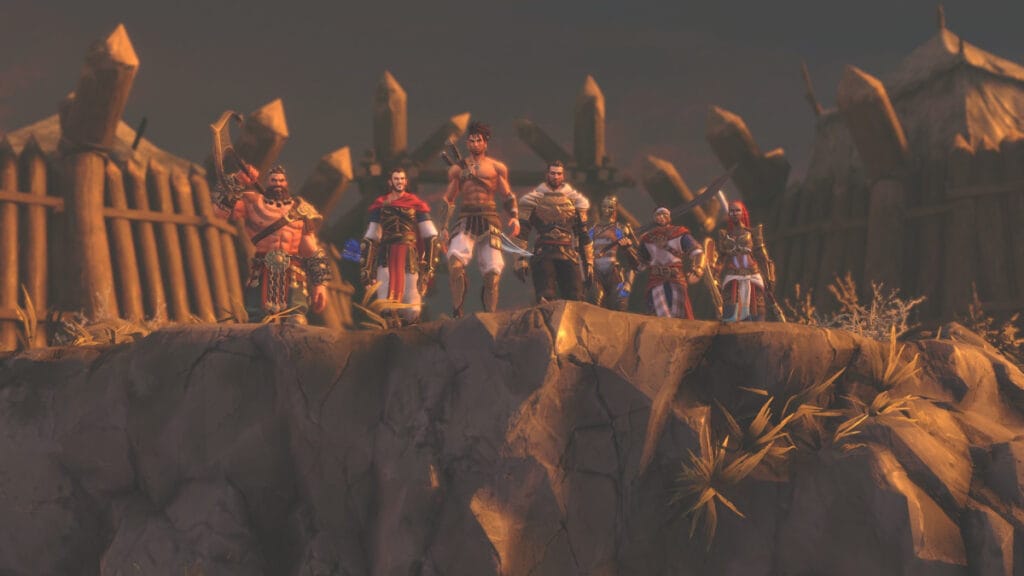
Since The Forgotten Sands, the Prince of Persia saga stagnated until the announcement of The Lost Crown. While some fans were a little nervous about the change in direction and style, Ubisoft made a great decision by shifting to a Metroidvania title. Those veterans of the series may miss the gameplay they’re used to. But let me tell you that it only takes an hour to see how great this new installment is. It offers fast-paced, action-packed gameplay that keeps you hooked for hours. Hopefully, Ubisoft will stick to this formula because the studio has struck a gold mine.
Story: Into Mount Qaf
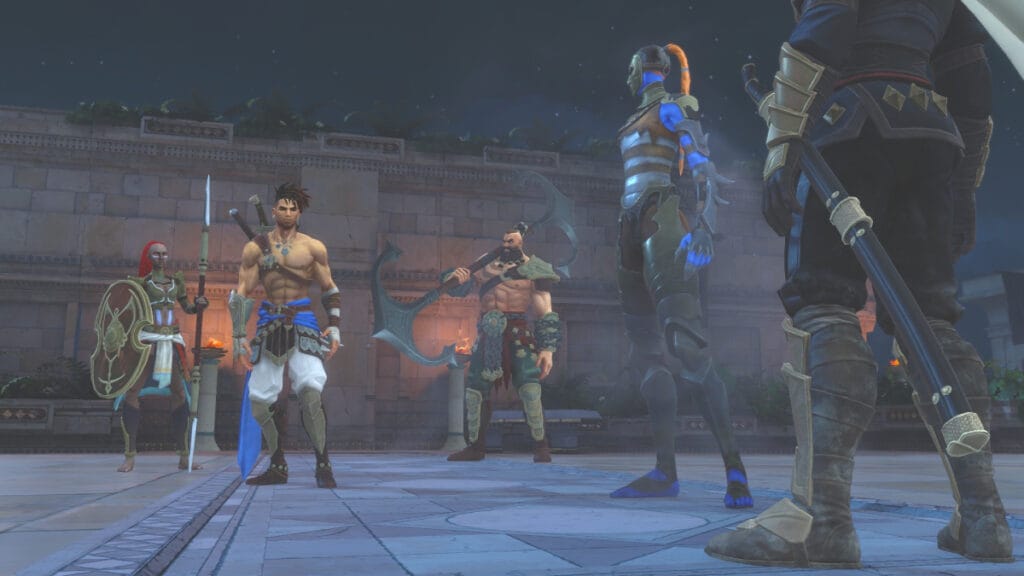
Initially, I start talking about the good when I review anything, but this time, I’m happy to get the only bad thing about this game out of the way as quickly as possible; I’m talking about the story. Prince of Persia: The Lost Crown puts you in the shoes of Sargon, this title’s protagonist. He is a member of the Immortals, warriors with almost supernatural powers whose duty is to defend Persia. Picture them as the Avengers of this place. After showing their powers as a team in a battle, a person close to the protagonist betrays them and kidnaps the prince, which is what drives the plot.
From there, the eclectic characters go to Mount Qaf, where the prince is, and they realize that the evildoers have already perished because years have passed inside the place when only hours have elapsed since the kidnapping. This begins to justify the time shenanigans, which is a very common theme in the saga, and although there is a mysterious plot that many will want to discover, what makes the story fall apart are its characters.

During my playthrough, I never felt connected to any of the cast. There is zero plot construction to justify the betrayals and discoveries, and moments that should be gripping fall flat because there is no build-up. On top of that, Sargon is a protagonist that I had a hard time feeling for. Yes, he comes from a sad past and wants to excel, but he gets stuck in the quicksand of his personality. One moment, he’s edgy; the next, he’s friendly; and the next, he’s impatient. Thankfully, he makes up for all that in combat. He’s a killing machine with spectacular moves that will, fortunately, make anyone forget about the plot.
The only good thing about the story is the cinematic moments that resemble a comic book brought to life. From dramatic camera movements to visual effects similar to those found in Marvel’s Midnight Suns, this kept the plot afloat and prevented me from abandoning the game. Still, with all that style, the characters felt flat, with almost no development. It would’ve been a perfect game if the story had more time in the oven, the pacing didn’t feel so rushed, and the characters could grow more as the game progressed.
Gameplay: Metroidvania Perfection
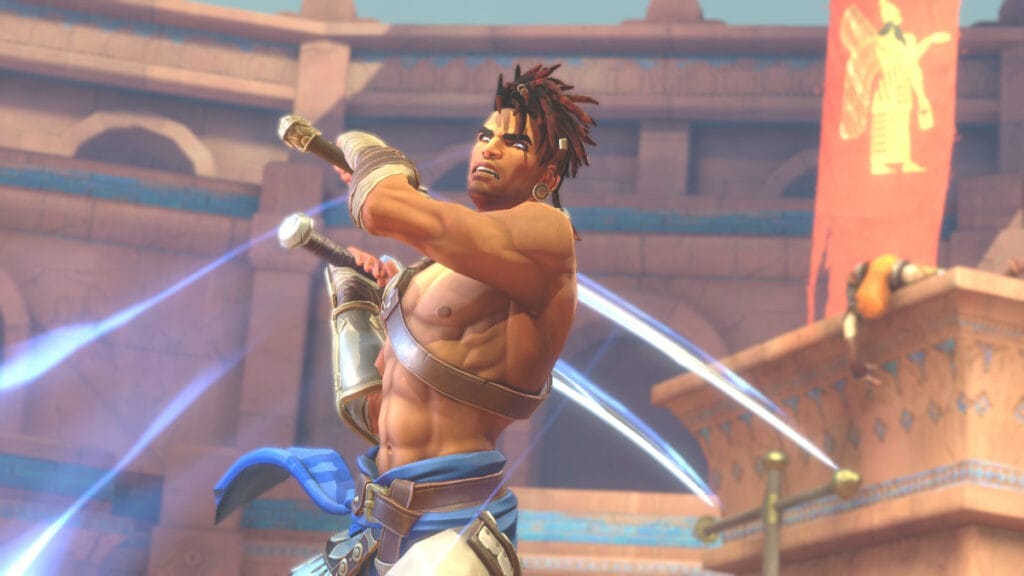
The best thing about Prince of Persia: The Lost Crown is, without a doubt, its gameplay. Of all the Metroidvania games that have come out recently, none has the fluidity in combat as this one. Furthermore, it combines the fast-paced fighting style of many games in the genre but adds mechanics similar to Sekiro: Shadows Die Twice, where it rewards the player’s patience. It’s a title where, despite its speed, you must take the time to learn your enemies’ moves. The gameplay perfectly balances visceral and tactical combat that may appeal even to those new to games of this type.
To give you a better example, let’s talk about basic combat. Initially, you only have a three-hit combo that changes depending on where you move Sargon. You can hit in a straight line or combine your combo with movement to make enemies fly through the air or even give low blows, like a fighting game. And if you think button mashing is the best, it’s not. All enemies have a pattern, and you must learn to parry to defeat them. That’s where the part that reminded me of a soulslike comes in since every fight is like a synchronized dance. Even the first minions in the game can defeat you if you try to rush your encounter against them.
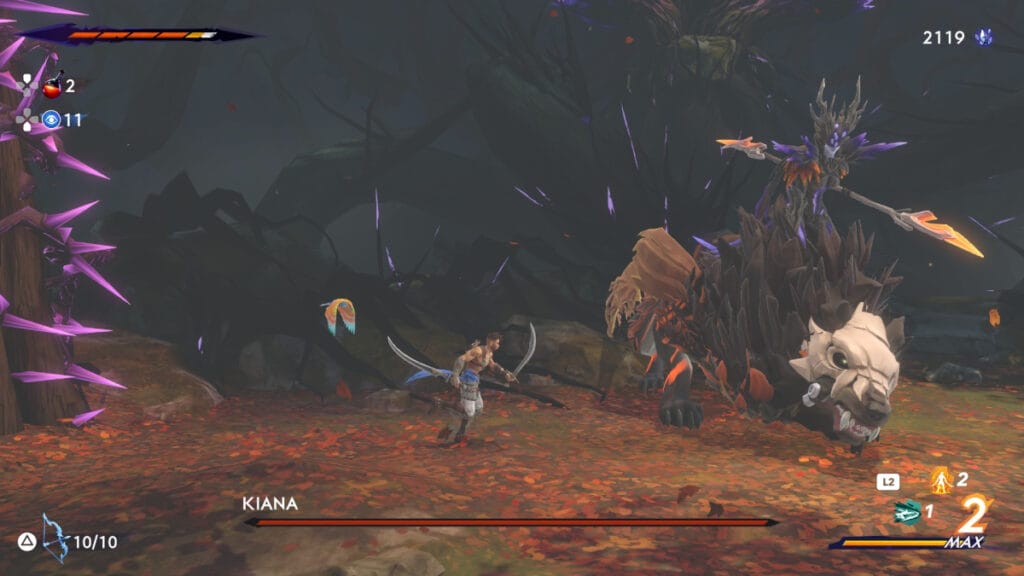
Furthermore, combat becomes even more dynamic with the addition of special abilities. These start to take shape in boss fights. I’ll give you an example. Near the end of the game, there is a giant snake that you must defeat; for that, you must memorize its pattern and use all your exploration skills. One of those allows you to save a version of yourself in time and then return to it, thus avoiding damage. You use this in this boss fight to evade a laser beam, which took me a while to figure out. This makes moves designed for exploration quite useful in combat. However, they shine more when traversing the game’s intricate map.
Speaking of the map, we can only talk about Metroidvania if we mention its environmental puzzles, platforming sections, and paths that open up as you acquire new tools. Ubisoft has created the most intricate map I’ve ever seen in the genre. Whenever you discover a unique ability, you must go to a new area where advancing through it makes you feel like a ninja. In the later levels, you must combine each skill with near-perfect timing to advance, and I loved it. When other games frustrated me by being unable to progress here, I didn’t mind spending minutes to see how to get to a certain point and unlock a new area, which was very rewarding.
At the end of the day, I didn’t know what I wanted to do more: go back to kill enemies or explore the optional locations to put the new skills to the test. And speaking of optional things, there are many. You have secret bosses, amulets that give you effects in combat, and lots of materials you can discover to upgrade your equipment. Having such an agile and elaborate exploration system made me scour every corner of Mount Qaf. And, despite the times I perished when entering it, it made me feel accomplished once I reached the other point of the map after evading a thousand and one traps.
Graphics & Audio: Beautiful as a Mirage
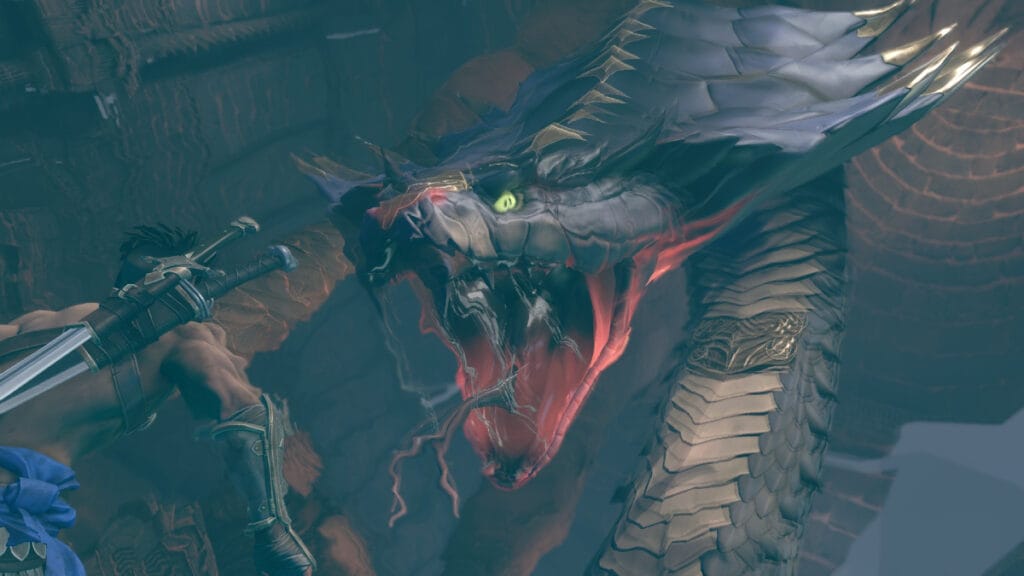
At first, the visual style of Prince of Persia: The Lost Crown is less than impressive. The studio went down a safe path with simple 3D models but excelled with the animations. As I mentioned, everything feels like a comic book, and it stays that way throughout the game. From Sargon’s perfect parry that triggers a finisher that is unique against each enemy to the attacks of each boss, everything is a visual delight where the action looks like something out of One Punch Man, and it’s something I never expected to see in a game like this.
Despite being a sidescroller format game, each scenario has a lot of depth. While you can only step on specific areas, the team made it possible to see 3D at the bottom of each section with things like long corridors, fallen statues, caves of crystals, or even waves frozen in time. I want to say that the audio is just as good, but it’s not. It is there, and it works, but I don’t recall any memorable tracks. Also, no matter how much I configured my sound, the music was always too low, which was not much to my liking.
Conclusion: A Fitting Return to a Beloved Franchise
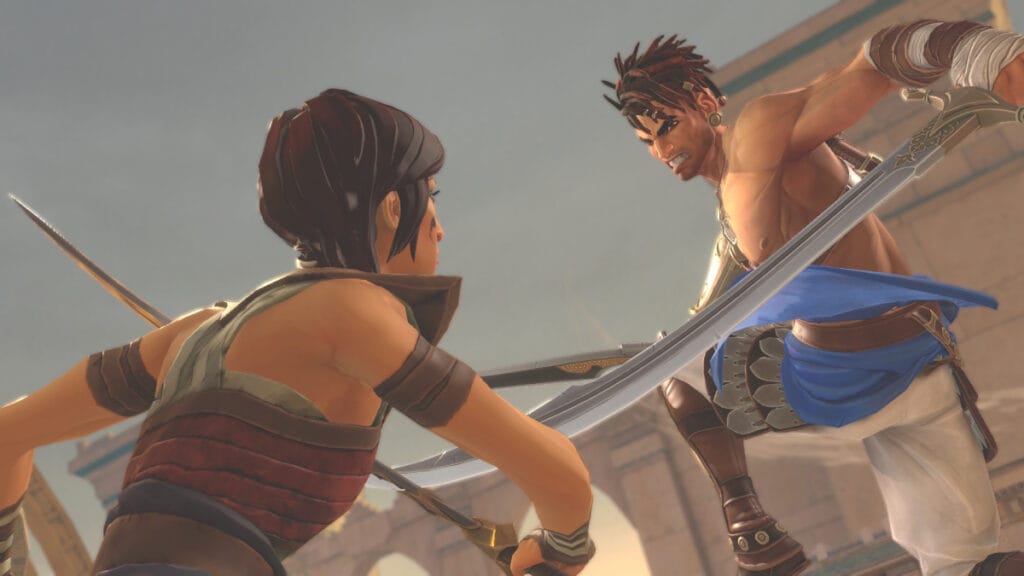
To conclude, even if you are not a veteran fan of the saga, you will love every part of this game. While the genre is a bit overwhelming for many, this is the first time I’ve seen such a newcomer-friendly installment that gradually gets harder and harder and maintains a constant degree of challenge. Although the story was what I enjoyed the least, I do see myself returning to these danger-filled corridors to enjoy the combat. Also, it’s great to see a franchise that was frozen in time finally take a step forward, and the only thing I hope is that Ubisoft doesn’t abandon this formula.
Prince of Persia: The Lost Crown is available on PS5, PS4,
Review copy given by Publisher.
Prince of Persia: The Lost Crown (PC Reviewed)
A new take on a classic franchise that aims to return it to its rightful heights.
Pros
- Slick and smooth combat.
- Many skills that are relevant for fighting and exploring.
- Fantastic level design.
Cons
- Poor character development.
- Forgettable plot.



